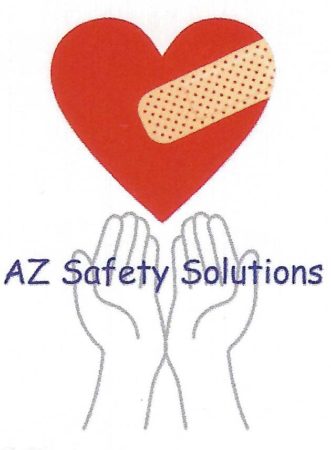
Welcome to Week 2 of a 4-part series on emergency and disaster preparedness. As we discussed in Week 1, many people don’t think an emergency or disaster will ever happen to them. The events of this past week just go to show it can happen to anyone, anytime and anywhere. Hurricane Dorian proved that to not only those who were directly affected by the destruction brought by the hurricane but to all of us who followed news stories about the storm.
Waiting until an emergency or disaster event is imminent and then thinking about how to prepare for it isn’t the time to figure out what to do. Make a plan now before an emergency or disaster happens. So just what is the definition of an emergency or disaster? The difference between disaster and emergency is fairly big, although an emergency situation can certainly feel like a disaster to those involved.
Disaster is defined as a sudden calamitous event bringing great damage, loss, or destruction; a sudden or great misfortune or failure.
Emergency is defined as an unforeseen combination of circumstances or the resulting state that calls for immediate action; an urgent need for assistance or relief.
A disaster will likely affect more people and/or will have more devastating consequences than that of an emergency. An emergency can turn into a disaster while a disaster is inherently an emergency situation, if noticed ahead of time but not all bad results of an emergency will reach the level of disaster.
So how do you go about writing your emergency and disaster plan? Well according to the American Red Cross you should follow these suggestions:
• With your family or household members, discuss how to prepare and respond to the types of emergencies that are most likely to happen where you live, learn, work and play.
• Identify responsibilities for each member of your household and how you will work together as a team.
• Practice as many elements of your plan as possible. Don’t let it go “stale”.
Want more information from the Red Cross check out their website at: https://rdcrss.org/2lGxSqm.
Always include your kids in creating your disaster plans. Being a part of the planning process will help them know what to do and it will help them cope if something should happen.
Create and practice a fire escape plan for your home. Practice your plan at least twice a year so everyone knows how to respond if your smoke alarms should alert you to a fire in your home. Make sure to do this at different times during the day and do not always announce that “This is only a drill!”.
Want more information on how to create your emergency and disaster plan? Contact AZ Safety Solutions for help.
AZ Safety Solutions is firefighter/EMT owned safety education company dedicated to providing the community we serve the very best in safety education. Our instructors have a combined 85(+) years of field emergency response and teaching experience. You can contact us by calling AZ Safety Solutions at (520) 838-4508 or via email at info@azsafetysolutions.com.
Article by Karen Hauca
